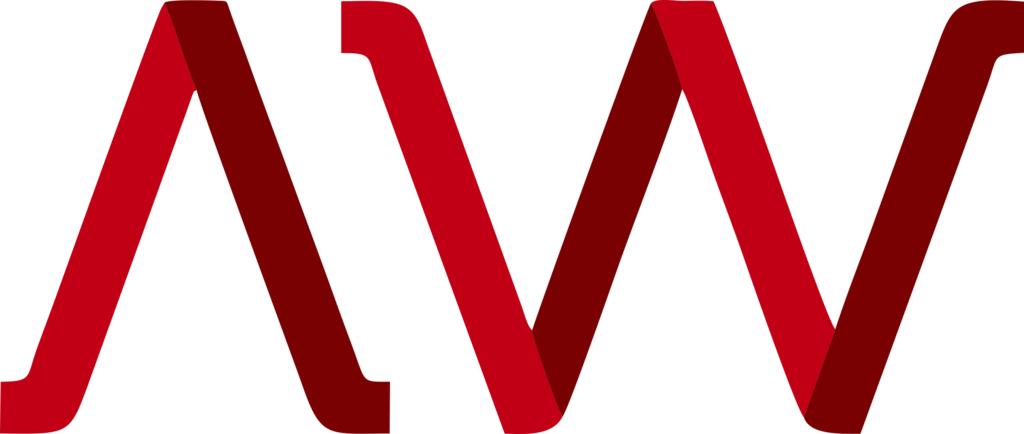Why energy, not time management is your secret to closing the year strong
November has a way of making us freak out. Under the harsh glare of calendar-myopia and a shared belief that the world as we know it will end in the next six weeks, what felt possible in October suddenly feels impossibly fast, pressurised and overwhelming. While everything is speeding up toward year-end, how can we ensure that we close 2023 without compromising ourselves or our delivery?
Energy is defined as the capacity to perform work
It starts with shifting our base assumption to embrace energy and not time as the currency of high performance. It’s been 20 years since Tony Schwartz and Jim Loehr launched the ground-breaking findings in their book the Power of Full Engagement, and The Way We’re Working isn’t Working, but the business world has been slow to catch up. Our insistence on over-simplifying work with mechanistic thinking, means that we default to trying to optimise performance by breaking our days, tasks and even leadership styles into their component parts and statistics. We aren’t machines - we are complex, living systems in constant relationship with our surroundings.
Time is a fixed commodity beyond our influence but energy is not. Practiced correctly, the goal of energy management is to optimise both our alertness and performance by being intentional about where we expend and how we replenish our energy. Energy management reminds us that we are the asset: viewed as a precious and finite resource, we are less likely to squander our energy on tasks, situations and people that don’t warrant the investment. A full energy audit, coupled with sustained practices will deliver a sizeable transformation in performance but you can make a start by plugging the five most common energy leaks.
The 5 most common energy leaks that impact performace
Working later, longer, harder. It’s tempting to push through under pressure, but working late or for long stretches without a break is an exercise in diminishing returns. Performance is vastly improved by banking as many of your 7-8 hours sleep before midnight, and rather waking up early to get a start on things. The pre-midnight sleep hours are most restorative. For optimal daytime productivity, work in 90 - 120 minute bursts, interspersed with micro “recovery” spells to replenish energy stores via one of five mechanisms: eat, hydrate, move, switch gears mentally, switch gears emotionally. Overriding the body’s natural stress-rest cycle depletes energy capacity over time, and perpetuates the illusion that somehow productivity is the measure of your self worth. It’s not.
Not eating or eating badly. Among the conflicting dietary information available seek out common sense: you need to fuel your body with enough nutrient dense foods and water in regular intervals, during your most energy demanding times (likely 7am - 6pm) to perform at consistently high levels. In a culture that celebrates overwork and exhaustion, eating is NOT cheating. It’s the most basic governor of your energy, alertness and performance, and the most fundamental message to your self that you matter.
Stuck in a moment. Circular thoughts that revisit a past or future event on repeat are a massive energy drain. No amount of repetitive thinking can alter what has past or hasn’t even happened yet. Switch gears and move toward productive action, by asking “what can I do directly to positively impact this situation?” Stay curious, and when you’ve exhausted everything in your control: let it go. The brain and body reaction to an event only lasts between 30 - 45 seconds. Everything after that is you choosing to replay the memory of the event which has the same impact on your battery as random background app refreshes…rapidly draining.
Wasting energy on low impact tasks. We spend the equivalent of 2 full days of a work week in meetings and on email. Without a prioritisation process we leak energy on endless to-do lists that generate no real impact. Our brains love to win, so boost your focus and output by drawing up a quick impact vs effort matrix to plot incoming tasks, and couple your matrix outcomes with a daily prioritisation approach like 1:3:5. Target: 1.
big task (high impact, high effort)
3 medium sized tasks (high impact medium effort)
5 quick win tasks (high impact, low effort.)
Investing in the wrong people. Energy vampires and corporate psychopaths are real. Like any toxin, limiting your exposure is ideal, but if this is challenging, notice who - through their presence, thinking, words and actions - leaves you feeling capable, inspired and energised and who leaves you feeling like you need to take a nap or a hot shower to rid yourself of their imprint on you. Maya Angelou in her wisdom said, “When someone shows you who they are, believe them the first time.” Be intentional about investing in wholehearted people who don’t need to diminish you in any way to feel better about themselves.
Before jumping back into work, pause and answer this: How do you want to FEEL by the time the holidays come around? Plug any obvious leaks and back yourself by prioritising the structures, rituals and practices you need to help you achieve this feeling and deliver on the promise of your potential.





